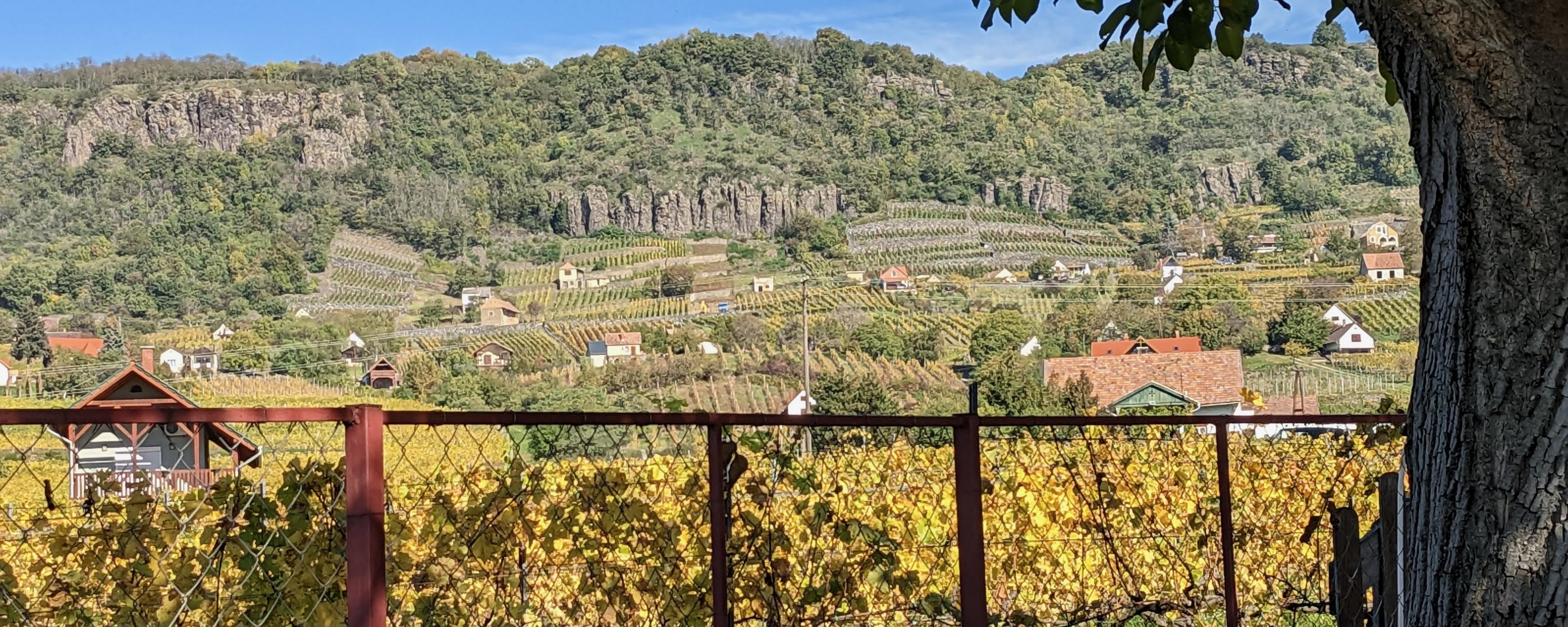

Abeles, Somló, Sümeg & Balaton, Hungary

At a Glance
https://www.facebook.com/abelespreshaz/
Somló, Sümeg & Balaton
Cool Continental
Chalk and basalt crumb, limestone
220-260m
Slopes of volcanic buttes
Furmint, Hárslevelű, Kékfrankos, Zweigelt, Pinot Gris, Olaszrizling, Cabernet Franc, Juhfark, Tramini, Csomorika, Cserszegi Fűszeres
4 hectares
Simonit & Sirch pruning, SO2 & copper before flowering. Herbal teas, oils, and Biotomal spraying thereafter. Seeded cover crop
Natural
Somló, Sümeg & Balaton
Cool Continental
Chalk and basalt crumb, limestone
220-260m
Slopes of volcanic buttes
Furmint, Hárslevelű, Kékfrankos, Zweigelt, Pinot Gris, Olaszrizling, Cabernet Franc, Juhfark, Tramini, Csomorika, Cserszegi Fűszeres
4 hectares
Simonit & Sirch pruning, SO2 & copper before flowering. Herbal teas, oils, and Biotomal spraying thereafter. Seeded cover crop
Natural
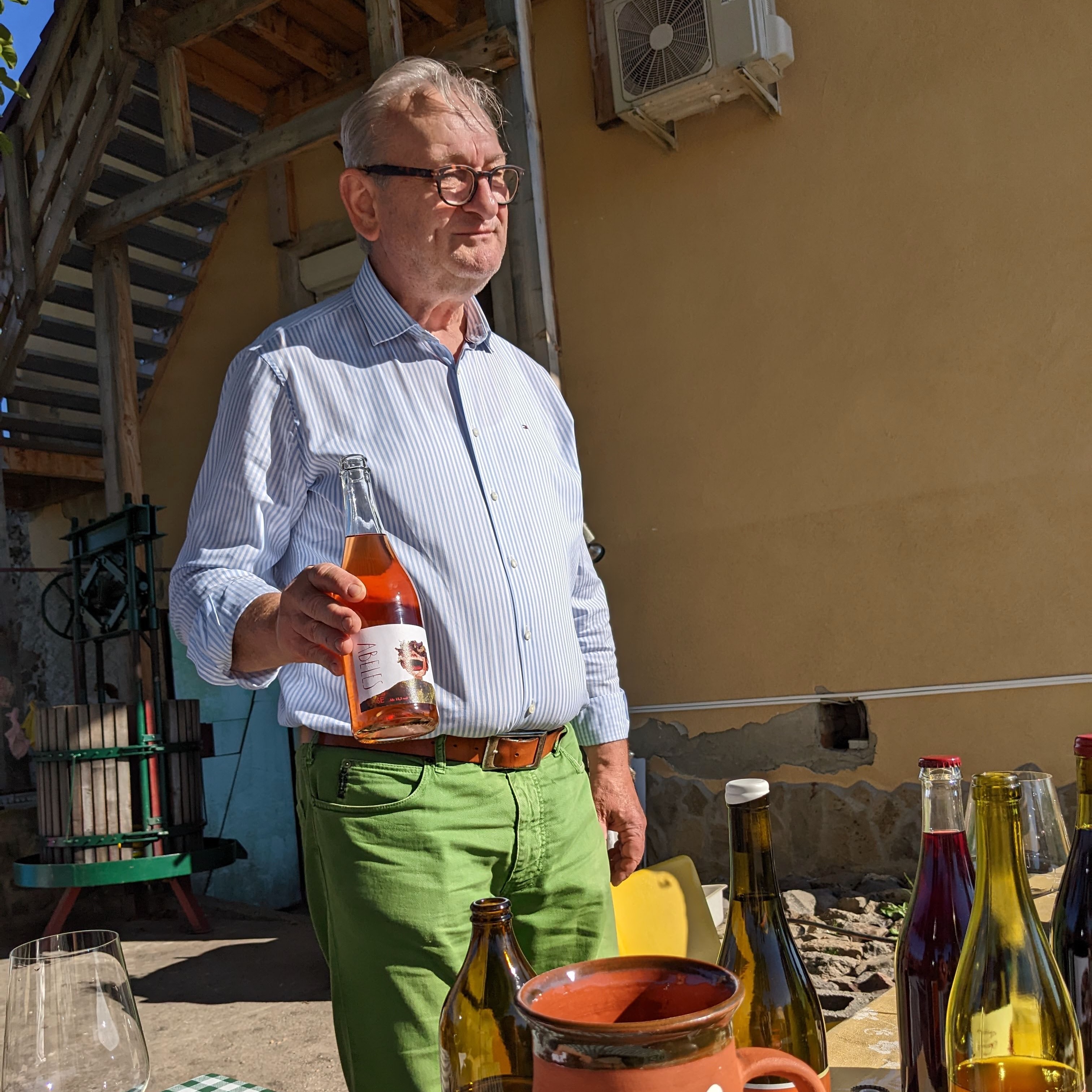
Imre Halász of Abeles
The people
Born and raised along Lake Balaton, Imre Halász has had quite a number of past lives. He was once the head of a Soviet state run wine COOP where he “learned to make the best of the worst kind of wines. I was everything but a winemaker.” He then moved onto being the head of the Hungarian Mint – our second guess. Some of the details were a bit lost in translation, but suffice to say, it was not a job of purpose and passion. He felt like it was slowly killing him. As it turns out, it was literally killing him. He was soon after diagnosed with lung cancer at 43. The politics and bureaucracy of the time had taken their toll.
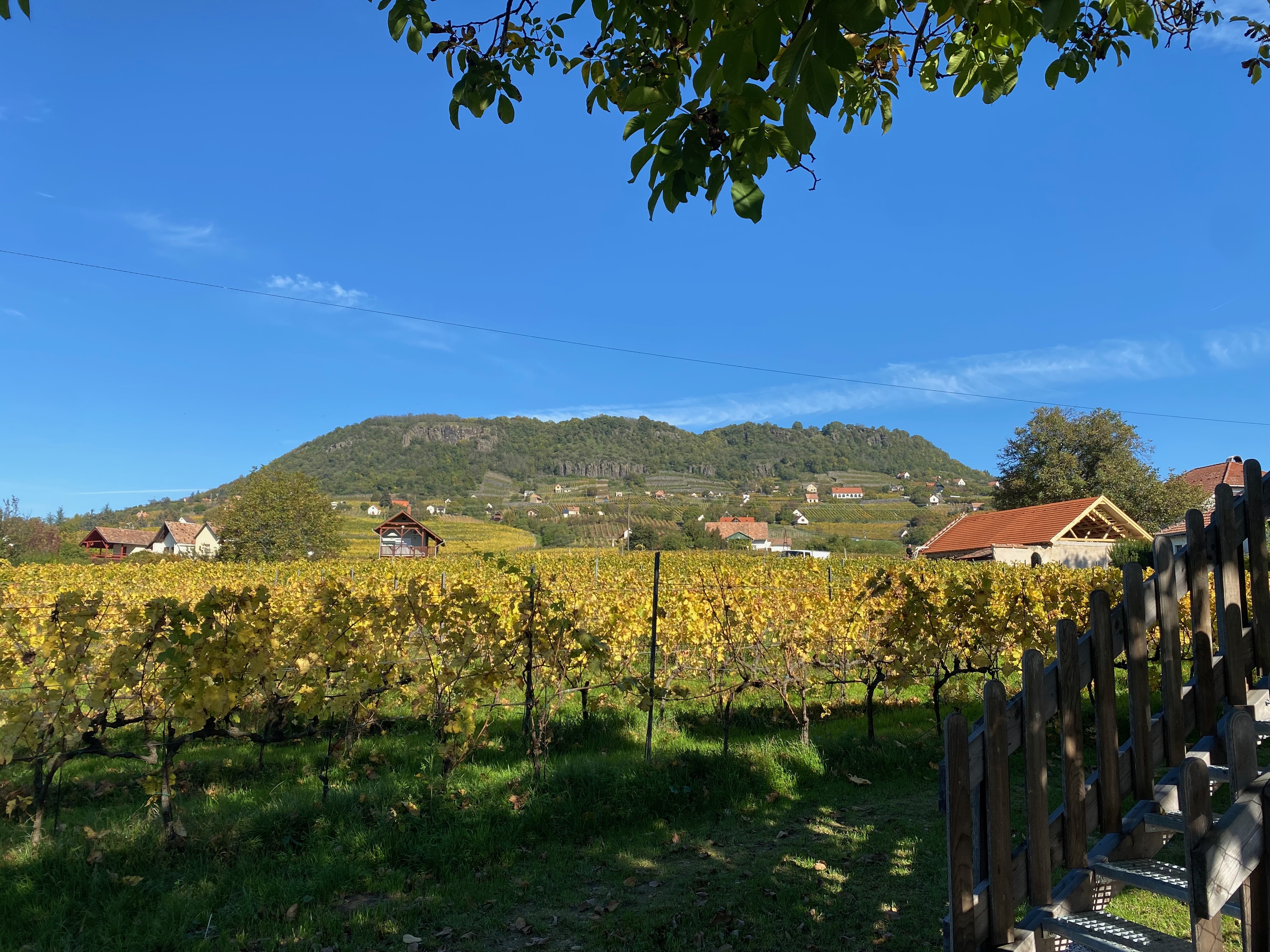
Looking up from the cellar at the slopes of Somló
He left everything, quit his job, gave away what money he had left to family and just kept enough to buy a small house, a few small plots of vineyards, and a cellar on Somló. The property had been abandoned since 1941. There were still partially filled barrels in the cellar. It was last owned by a Jewish man named Samuel Abeles [Ah-bell-ish]. He and his family were taken to the concentration camps and murdered. Out of the roughly 100 members in the family, it’s estimated that only 5 survived. Imre decided to honor this legacy and keep the name of Abeles alive.
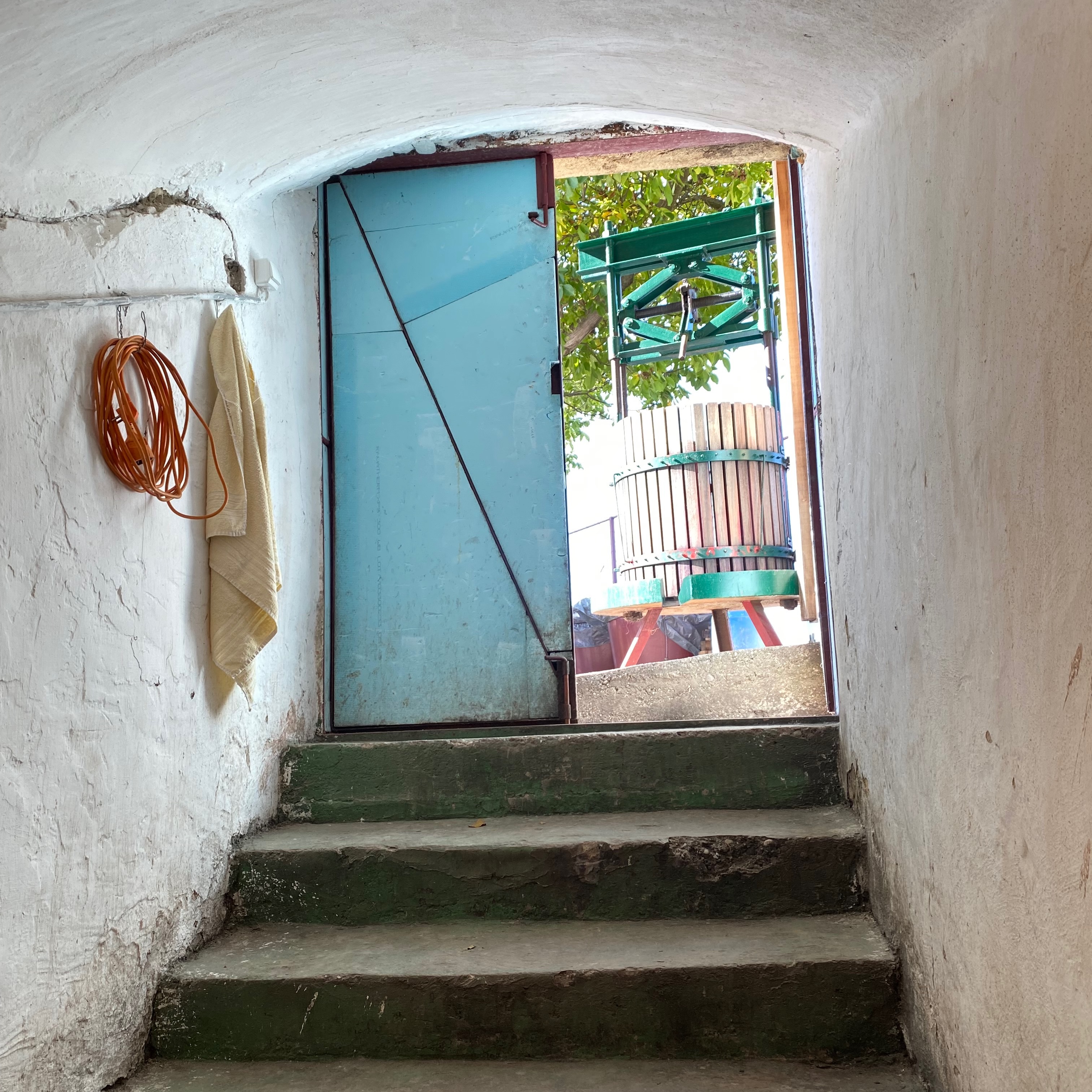
In Samuel Abeles' cellar
There’s another half to how all of this came to be. Imre’s son, also named Imre, had taken to wine and worked harvests in Tokaj, Somló, South Africa and spent 4 years working with Roland Velich at Moric in nearby Burgenland. He then moved to Belgium and married Ellie Bauwens whom he had met at Prowein. She brought fine wine distribution expertise into the equation and they decided to start a new venture called “Holass.” Holass being the phonetic spelling of “Halász.” Without a winery or vineyards, they formed a wine collective that does various collaborations between Austria and Hungary. One such collaboration is the Holass Somló and Holass Sümeg wines – both made by his father at Abeles. Things have progressed since then and now there’s a stand alone Abeles line. This will be the first time these wines have made it to the US.
Perhaps it’s the quality of life, the food and wine of Somló, the lack of state politics and bureaucracy, or the collaborations with his son and daughter in law, but his cancer is now in remission and his energy is near child-like. Such excitement and enthusiasm coupled with a second chance outlook perhaps. Whatever it is, it’s infectious and permeates everything he does.
Perhaps it’s the quality of life, the food and wine of Somló, the lack of state politics and bureaucracy, or the collaborations with his son and daughter in law, but his cancer is now in remission and his energy is near child-like. Such excitement and enthusiasm coupled with a second chance outlook perhaps. Whatever it is, it’s infectious and permeates everything he does.
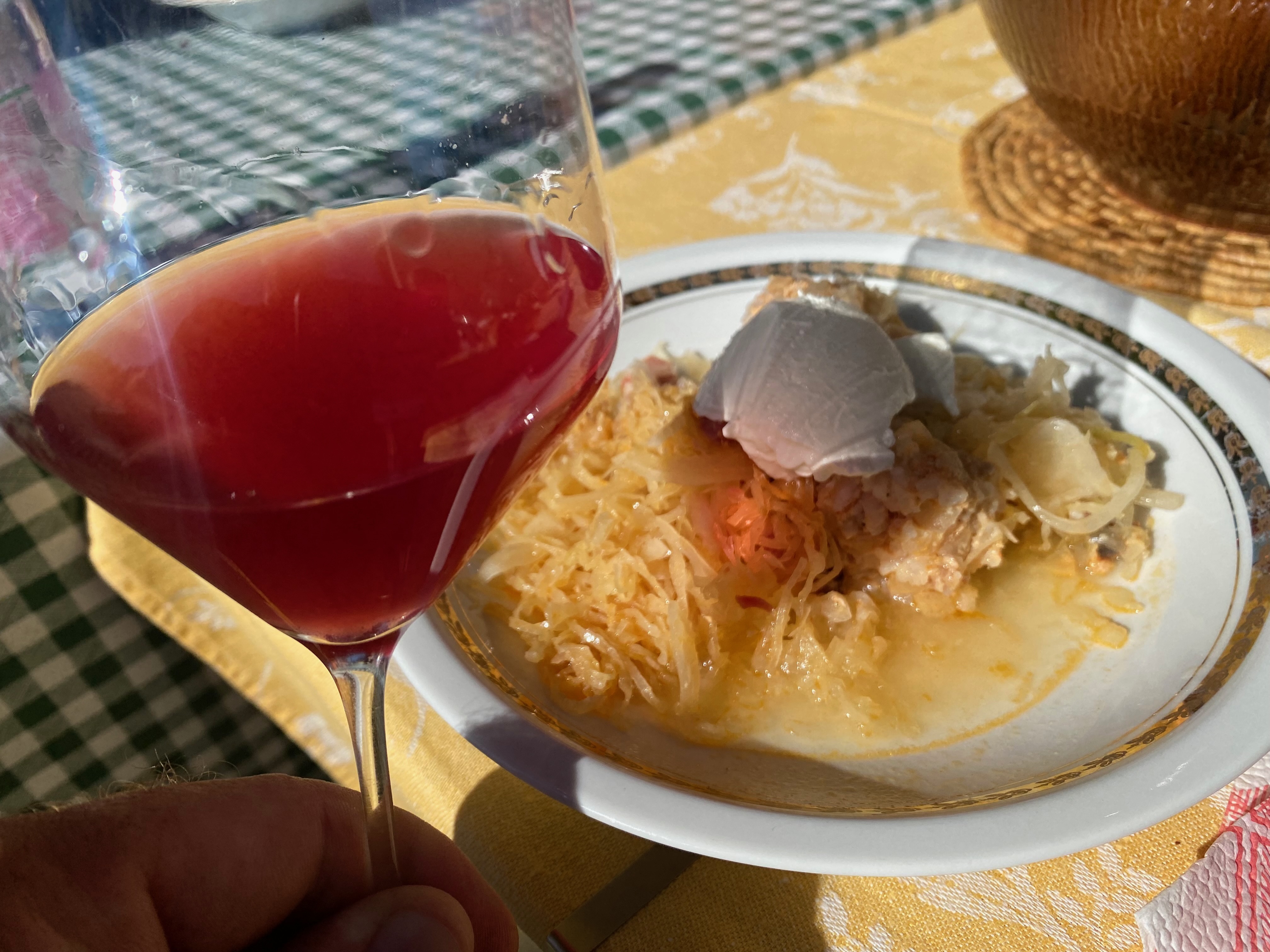
Crazy Red and Sauerkraut stew
Case in point, the Székelykáposzta (Sauerkraut stew) that Imre cooked us for lunch back in October. This is not a rare dish in Central Europe by any stretch of the imagination. Nevertheless, much like nailing a Consommé, it’s much easier said than done to make it special. This soup was a giant hug. He then brought out some freshly ground paprika and the thick and tart sour cream that you can only get in Hungary. This stew also mirrored the wines. Good ingredients, simple and thoughtful execution, and delicious.

Somlói Furmint
The vineyards
Speaking of good ingredients, he has 4 different vineyard locations: Aszófő and Szent György Hegy along the northern shore of Lake Balaton, Sümeg (a small but 100% certified organic appellation in between Somló and Balaton) and the vineyards around his home and cellar on Somló.
Well versed on what went on during the Soviet era of quantity over quality, he prunes using the Simonit & Sirch Method. In short, this respects the vascular flow of sap, reduces cutting and crown damage, and protects against the desiccation of the wood. He also does his green work according to research from Keszthely Agricultural University which influences the different kinds of acids in ripe grapes. When asked about being organically certified, he thinks that being visited 3 times a year doesn’t make you organic. His main spraying is called BIOTOMAL, which he argues is more strict than organic and uses more purely natural agents. They only cultivate the vines outside of the growing season – it looks like a jungle. As climate becomes more erratic, he believes this is the best path to immunity and tolerance.
Well versed on what went on during the Soviet era of quantity over quality, he prunes using the Simonit & Sirch Method. In short, this respects the vascular flow of sap, reduces cutting and crown damage, and protects against the desiccation of the wood. He also does his green work according to research from Keszthely Agricultural University which influences the different kinds of acids in ripe grapes. When asked about being organically certified, he thinks that being visited 3 times a year doesn’t make you organic. His main spraying is called BIOTOMAL, which he argues is more strict than organic and uses more purely natural agents. They only cultivate the vines outside of the growing season – it looks like a jungle. As climate becomes more erratic, he believes this is the best path to immunity and tolerance.
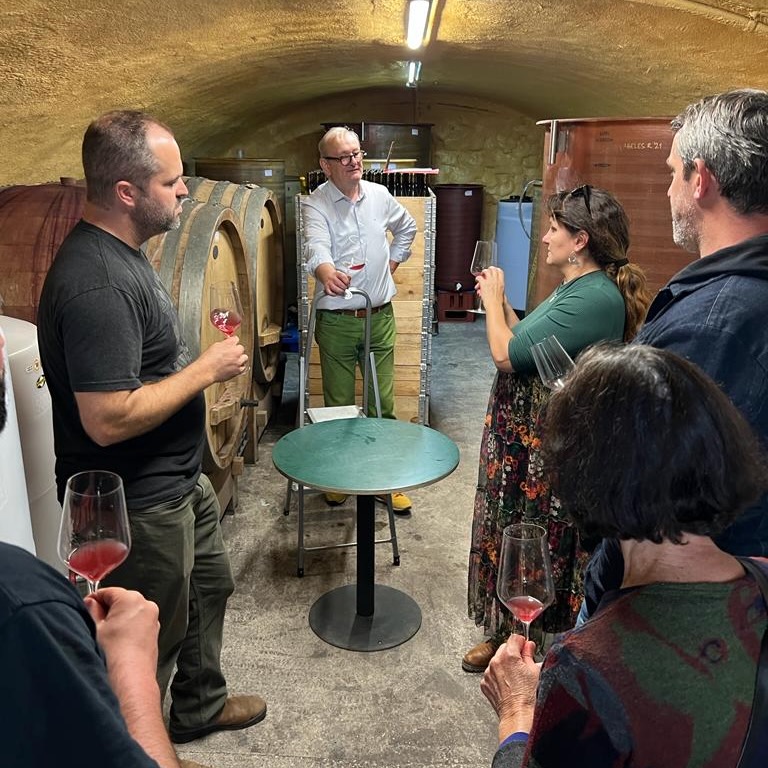
Tasting in the cellar
The cellar
In the cellar, the most important elements are co-fermentation, picking late, and micro-oxygenation. Imre believes that the wines are living substances from vine to bottle. They need to breathe, he doesn’t filter, never fines, and aging vessels must be porous. Nothing is hermetically sealed. The only addition is SO2 when needed if at all.

Red Wine , Organic
Cabernet Franc; Cabernet Sauvignon; Furmint;
12.7%
1.1 g/l
6.9 g/l
Cabernet Franc; Cabernet Sauvignon; Furmint;
12.7%
1.1 g/l
6.9 g/l
Co-fermenting red and white grapes is currently illegal under Hungarian Wine Law. While historically commonplace and celebrated today in places like Vienna and Styria, Imre is bringing this back even though it must be exported. The red grapes are from the clay and limestone rich soils of Aszófő near Tihany on the northern shore of Lake Balaton. The Cabernet and Cab Franc ripen early here, but they wait until the sugar gets pretty high (230-250 g/rs). Due to this high sugar, they add in high acid and structured Furmint from Somló into the same vat. The basalt rich mineral water flows into his plots near the bottom of the volcano and saturates the clay, limestone and sand. Everything is left on the skins for 2 weeks, stirring by hand every morning, and then pressed with 100+ year old wooden basket press. Everything is moved by hand, no pumps, no SO2 added, and no CO2 or dry ice. Aged for a year in Speidel tanks (high micro-oxygenation) then bottled by gravity. This was not picked early for an easy glou-glou co-ferm, but is instead a lively and pungent wine that eventually will be re-recognized as something truly special by Hungarian Wine Law.
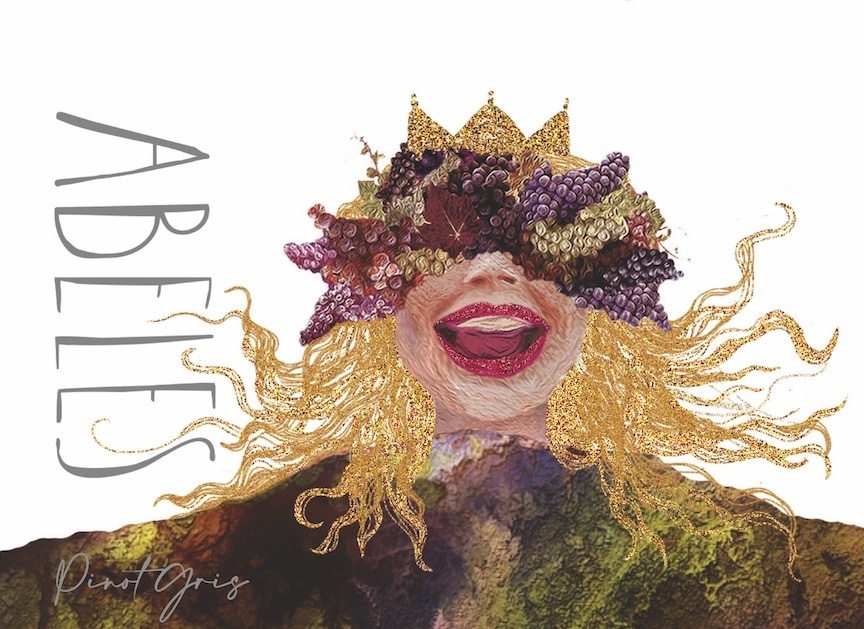
White Wine , Organic
Pinot Gris;
13.6%
1.3 g/l
5.8 g/l
Pinot Gris;
13.6%
1.3 g/l
5.8 g/l
This is a 100% Szent György Hegy skin contact Pinot Gris. The rich volcanic soils and Imre’s farming both push ripening super late into the season. Destemmed and keeping as many whole berries as possible, they spend 2 weeks macerating in open vats. Mixing by hand once a day, on the 14th day fermentation really takes off including rifling through malolactic. Gently pressed into a variety of high micro-oxygenation vessels ranging from fiber tanks, eggs and barrels, it was bottled just in April of 2023. Every other wine from Abeles spends 12-24 months of aging, this is only 6 months with the majority of aging in bottle. The color and balance of maceration and freshness is remarkable here.

Rose Wine , Organic
Cabernet Franc; Cabernet Sauvignon; Furmint;
13.4%
0.6 g/l
7 g/l
Cabernet Franc; Cabernet Sauvignon; Furmint;
13.4%
0.6 g/l
7 g/l
We don’t know what to call this wine. Rosé isn’t really it, but we had to tell the TTB something. This is essentially the same exact wine as the Crazy Lud Red. Same pick dates, same ratio of grapes, and the same co-fermentation of Somló and Lake Balaton fruit. The big difference is zero maceration. Where the Crazy Lud Red spends up to 2 weeks on the skins, this is immediately foot stomped, moved by hand to the press and pressed in clusters with as little soaking as possible. The micro-oxygenation heavy aging is key here. This is somewhere in between a Gemischter Satz, late harvest and a rosé. A signature wine for Imre and something brand new to us as well.